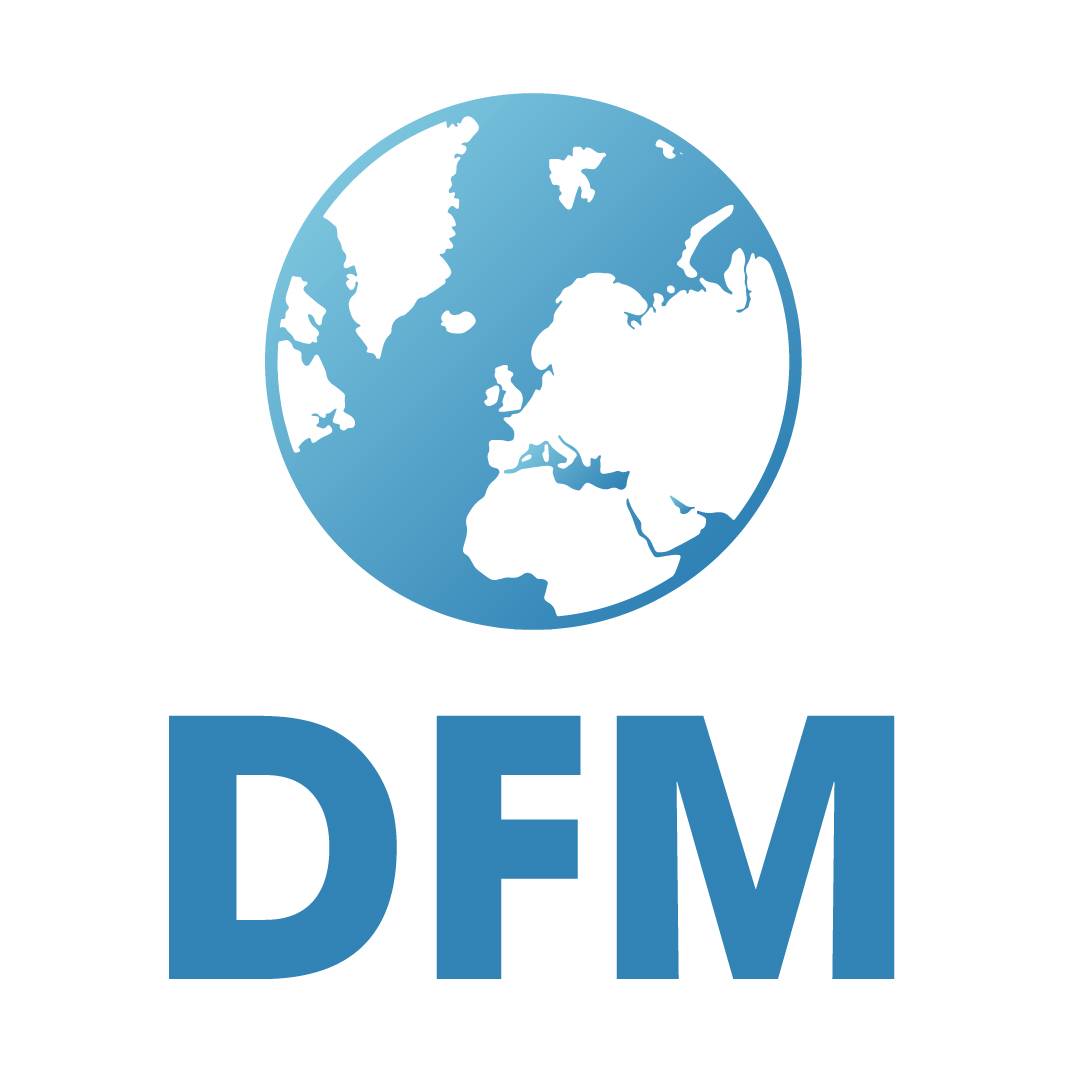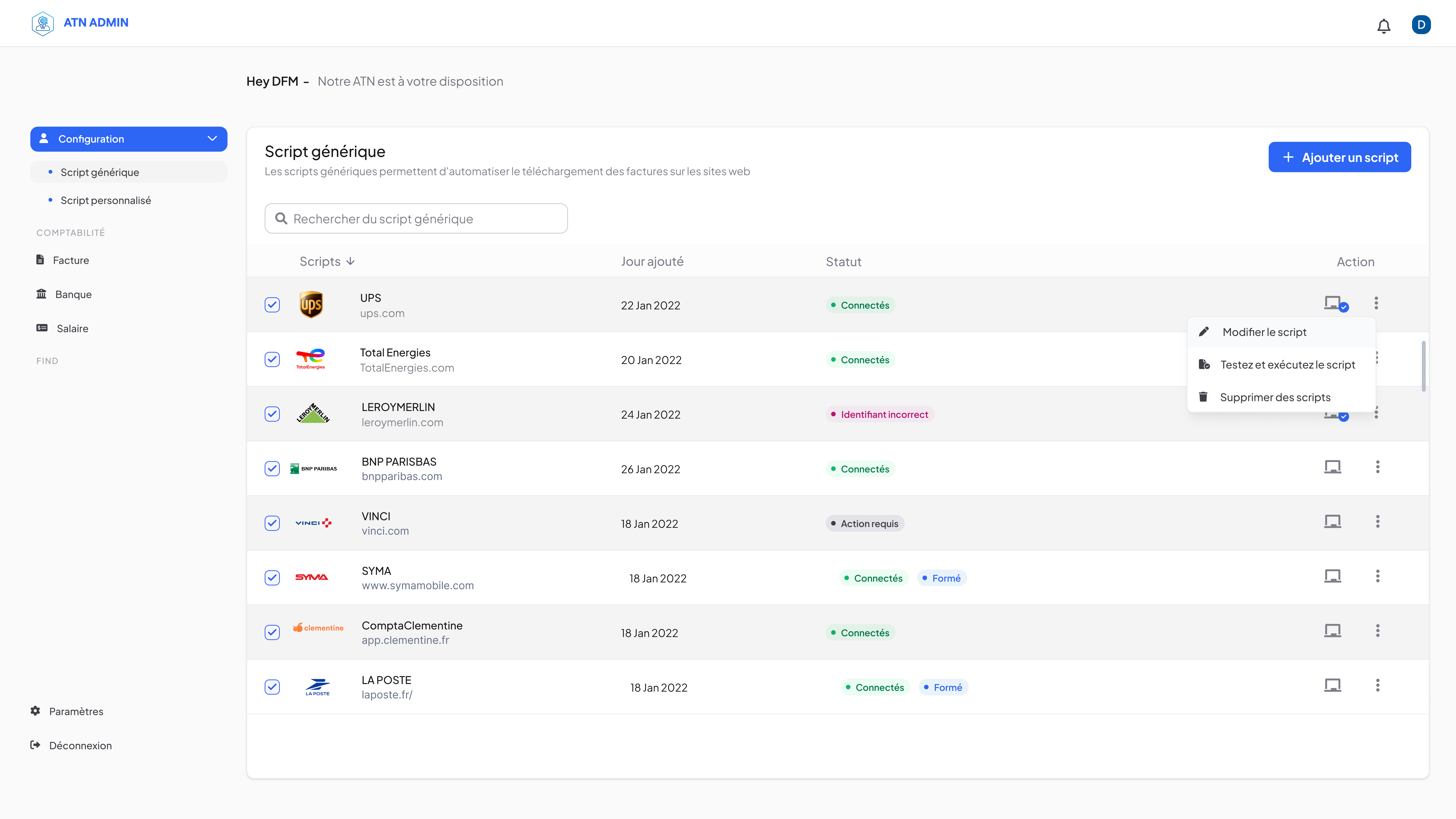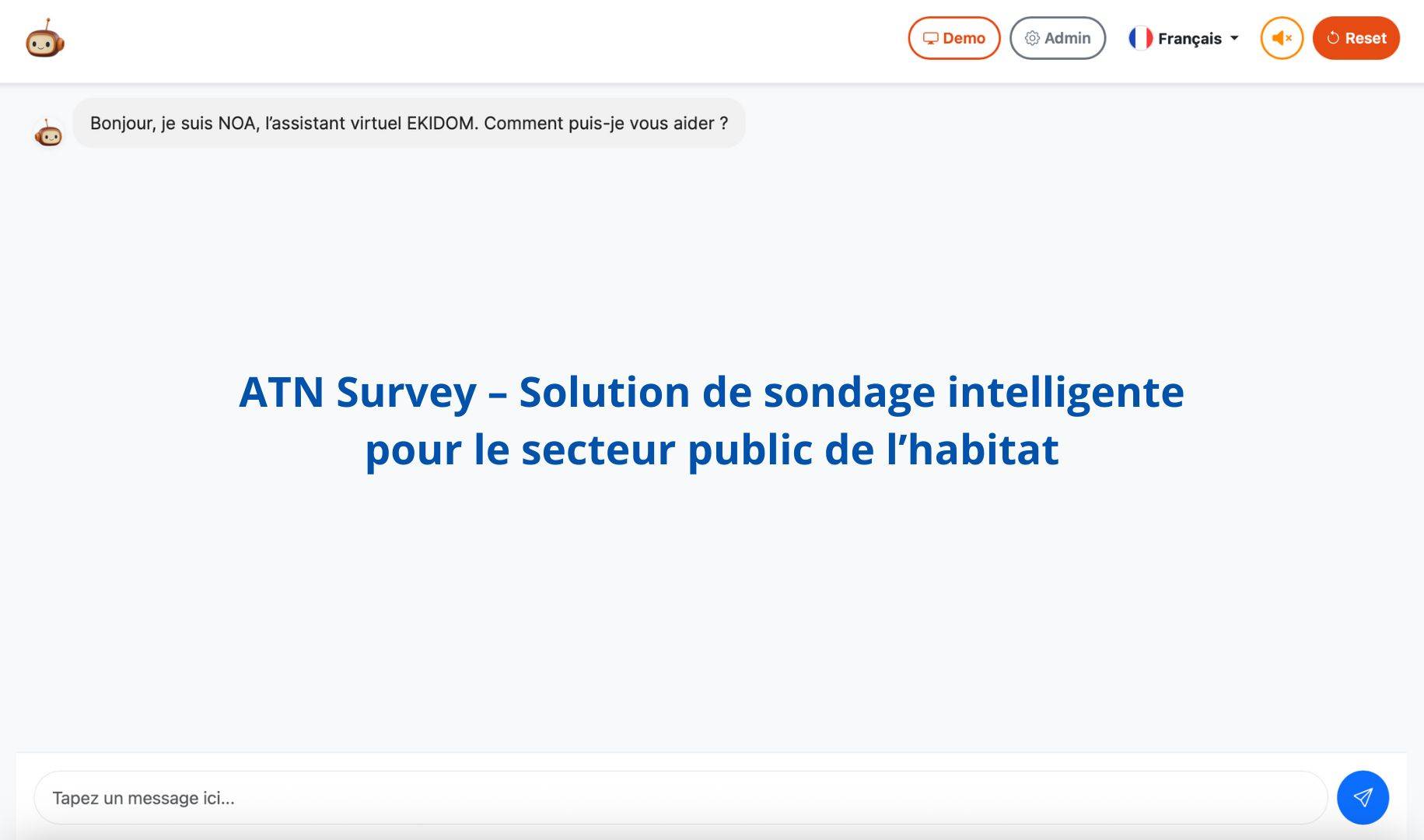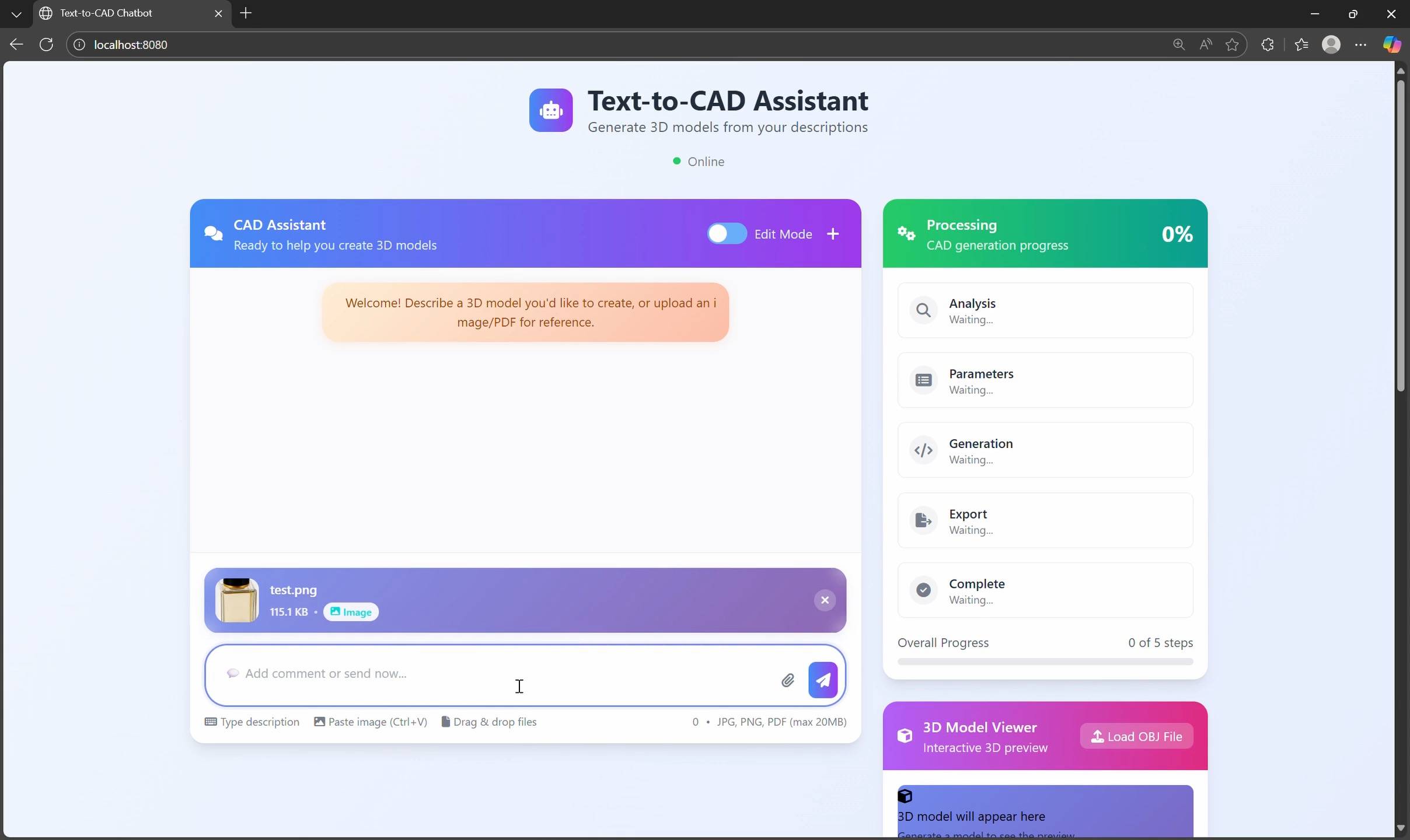From Design to Assembly: a Scaffolding Structure Ready in Minutes
Context: efficiency and safety as key priorities
In the construction and access equipment sector, manufacturers face a double challenge: delivering faster while complying with increasingly strict safety standards. Project volumes keep growing, deadlines are shrinking, and regulatory compliance is non-negotiable.
Our client, a European company recognized as a leader in access and scaffolding solutions, needed to meet this challenge. Their goal was clear: handle a rising number of projects, shorten design cycles, and reduce human error, while ensuring every deliverable met strict safety requirements.
The problem: a heavy and repetitive manual process
Despite using CAD tools like AutoCAD, much of the engineering work was still highly manual:
-
Drawing scaffolding structures piece by piece, a slow and tedious task even for relatively simple layouts.
-
Repeating the same operations again and again, since many buildings share similar characteristics.
-
Manually generating material and component lists (tubes, couplers, platforms), which was both time-consuming and error-prone.
These tasks, though necessary, consumed valuable time and prevented engineers from focusing on higher-value activities such as structure optimization, technical innovation, and continuous improvement.
The solution: ATN Scaffolding
To address this challenge, ATN Tech developed ATN Scaffolding, a digital assistant directly integrated into AutoCAD. The tool automates the bulk of repetitive design tasks, including:
-
Automatic generation of 3D scaffolding models based on company business rules and site-specific parameters.
-
Smart optimization of post, platform, and stabilizer configurations while respecting technical constraints and safety standards.
-
Built-in compliance checks, ensuring every model is validated in real time against internal standards and quality procedures.
-
Instant extraction of 2D plans, validated and ready for production.
-
Automated calculation of precise material quantities (tubes, couplers, platforms, etc.), exportable directly to management tools.
The engineer remains central to the process: they review, adjust, and validate the generated model instead of redrawing it manually. The solution is also adaptable to other CAD environments such as SolidWorks or Revit.
Results achieved
The benefits were immediate and measurable:
-
Design time reduced from 4–8 hours to just a few minutes: a full scaffolding plan that once required half a day can now be produced automatically in record time.
-
Greater reliability: models consistently meet internal rules and safety standards.
-
Streamlined procurement: automated material lists provide accurate quantities, simplifying logistics and preventing gaps between design and site needs.
-
Higher productivity: teams can process two to three times more projects in the same timeframe, without compromising quality.
-
A more valuable engineering role: repetitive drawing is replaced by oversight, optimization, and innovation.
-
Standardized deliverables: plans and lists follow a consistent format, improving coordination between design offices, production, and construction sites.
-
Data sovereignty and security: all project information remains under the company’s direct control in a secure, sovereign environment.
Beyond scaffolding
The experience with ATN Scaffolding highlights a broader principle: whenever a technical process relies on repeating similar tasks, automation can deliver substantial gains.
The same approach can be applied to modular structures, technical networks (piping, electricity), or recurring industrial layouts. Wherever repetition slows down teams, a digital assistant can transform the workflow into a fast, reliable, and integrated process.
Conclusion
With ATN Scaffolding, what once required half a day of manual work can now be done in just minutes—with greater consistency, reliability, and compliance. Engineers remain at the center of the process, but their role evolves: no longer redrawing line by line, they supervise, validate, and optimize.
This project demonstrates a larger truth: by combining human expertise with sovereign digital solutions, European industry can cut down on repetitive tasks, boost productivity, and secure its data. That synergy points the way toward long-term competitiveness.








